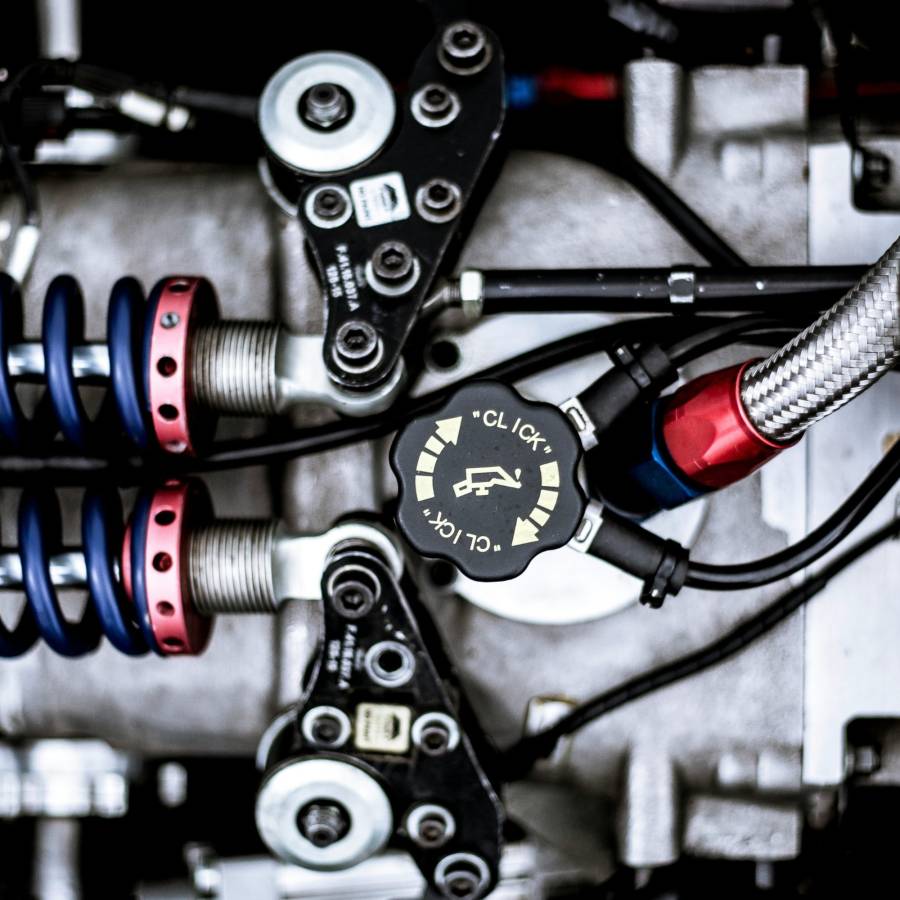Hello and welcome to the Stemettes Zine Motorsport Series!
Every fortnight, we’ll discuss the latest events and advancements in motorsport – giving you an insight into the industry. So, let’s get started!
F1 – Lando Now Wins
After 6 years in the sport, Lando Norris won his first Grand Prix! Lando and McLaren have grown a lot since the close calls of Sochi 2021, where a late downpour left strategy teams divided on whether to pit for inters, and Spa 2021, where a wet track left Lando in the barrier in qualifying and raised concerns over the delay in a red flag over track conditions. After qualifying in fifth and a well-timed safety car, Lando controlled the race, eking out a 7.612s lead over the Red Bull of Verstappen, and Ferrari of Leclerc. The entire paddock was full of celebration for Norris and the papaya team. But, with McLaren’s recent trajectory and Lando’s proven talent, it felt like this win was only a matter of time.
And if the next races are anything to go by, Red Bull’s dominance may be dwindling. With seven different winners in 2024 so far – we have a fight on our hands.
F1 – Halo Heroics
There are many times in each season when we are reminded of one of the most vital updates from the technical regulations – the halo. Crashes such as George’s in Montreal, where his car ended up inclined by 90 degrees in the middle of the track, and Zhou’s at Silverstone 2022, are evidence of its effectiveness in preventing severe cranial injuries.
The halo is above the driver’s cell, protecting the helmet from the top, sides and front. Its primary intention is to prevent the driver’s head from coming into contact with flying debris. And, in more severe cases, from the ground, barriers, and other cars.
Constructed out of a titanium alloy, this gives it excellent material properties suited to its application. The high strength-to-weight ratio enables it to withstand large forces. This means that objects that come into contact with it in a crash are either broken apart or rebound. Tests conducted for FIA checks ensure it can withstand high loads in many directions without fracture.
An example of this was in Monza 2021 when Max Verstappen attempted an overtake on Lewis Hamilton going into the first chicane. The inside curb launched Verstappen’s car into the air and on top of Lewis’s. Footage of the crash shows one of Max’s tyres coming into contact with Lewis’s helmet, grazing the top. If the halo hadn’t been in place, the torque from the wheels could have resulted in severe injury.
In the case of Zhou’s incident in Silverstone, the halo acted rather as a backup protective measure. The anti-roll bar should have prevented the car from flipping, but the position and shear force of the load applied meant it could not perform its function. Thankfully, the halo did. The FIA has since revised testing on the anti-roll bar to prevent a repeat of the incident.
So while some may argue it impedes visibility, there is too much evidence, both from engineering analysis and watching footage on incidents, to halt its use.
Extreme E – Harnessing Hydrogen
A few weeks ago we saw an exciting development in motorsport – the launch of Extreme H. The popular off-road electric series, Extreme E, is reinventing itself for 2025. Instead of using batteries to power the cars, they will use hydrogen to propel themselves.
Hydrogen is a big topic in the motorsport world at the minute. Using electrolysis, hydrogen and oxygen combine to form water in a REDOX reaction. It’s this flow of electrons that allows an electrical current to be harvested. As a result of climate change, the motorsport world is looking to alternative fuel sources to mitigate their emissions. The only product from hydrogen use is water, with no emissions. Plus, the high energy density of hydrogen makes it an appealing option.
Following the prototype shake-down in December, the cars are tested to ensure the cars are safe and capable of delivering the quality of racing motorsport fans demand. It will make it the first off-road hydrogen racing series, and a ground for sustainable innovation.
Extreme E/H always puts sustainability at the heart of its racing. So, the move to hydrogen proves an important step forward for the motorsport industry.
F1 Academy – Powering Pulling
Another round of F1 Academy, and another win for Abbie Pulling. But, let’s not forget the maiden win of Chloe Chambers, representing Haas! It was great to have F1 Academy racing the weekend of International Women in Engineering Day. Both of these are great platforms for showcasing the talents of women in male-dominated spaces.
The cars in F1 Academy use a spec chassis, meaning all drivers race in the same machinery. Carbon composites are used with a carbon monocoque, for its high strength-to-weight ratio.
With powertrain, the 1.4l 4 cylinder turbo-charged engine supplied around 174hp at 5500 rpm. In comparison, an F1 car outputs around 1000bhp, an F2 car 620hp and an F3 car 380hp. This puts the F1 Academy on more of a par with a GB4 car (160hp). The light weight of the car allows for a top speed of 240km/h, and g forces as high as 2.0.
But the drivers aren’t completely tied to a specific set-up. To suit the track and their driving style, drivers look at different set-up options in practice sessions. Simulations will be used to go into the weekend with a predicted ideal suspension set-up. This uses driver feedback and data acquired from car sensors and will change to find the configuration that allows the driver to extract the most lap time.
Engineering to Exhaustion – Les Mans
June made a return to France for another year of endurance racing at Les Mans, the 24-hour race testing drivers, teams and fans alike.
For the engineers, Les Mans proves an interesting challenge. To be able to analyse data, react to issues, and stay alert over such a long period requires many considerations.
One such factor is diet. Considering how different foods impact mental performance, energy levels during and after digestion, and how often meals should be eaten, it is important to ensure team members can perform at their best.
As the sun goes down and the race moves into night, the change in conditions means your light summer clothing is no longer suitable. These small factors have to be considered at every stage, to ensure time away from position is minimised as much as possible. As is the nature of endurance racing, you never know what could happen in the minute you step away from your job!
As the data is analysed, a key factor engineers will pay attention to is reliability. Given how long the race lasts, the cars are performing at their pique with very little time for rest, for extended periods of time. In design, reliability vs performance is a trade-off that has to be considered. So engineers and mechanics trackside must stay vigilant, and be ready for whatever happens.
That’s this fortnight’s round-up of STEM in motorsport. Check the next Zine issue for further insight into the motorsport industry.





